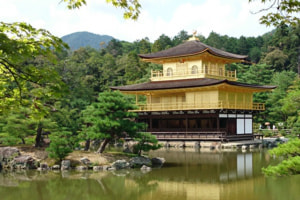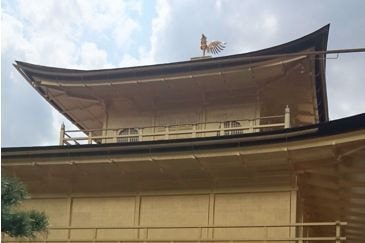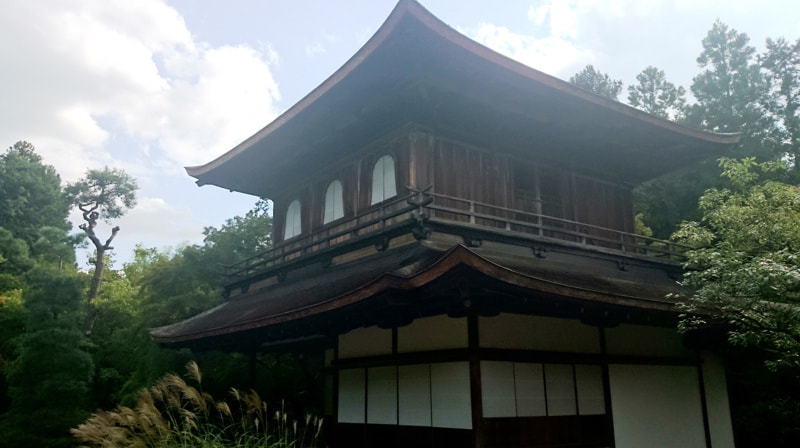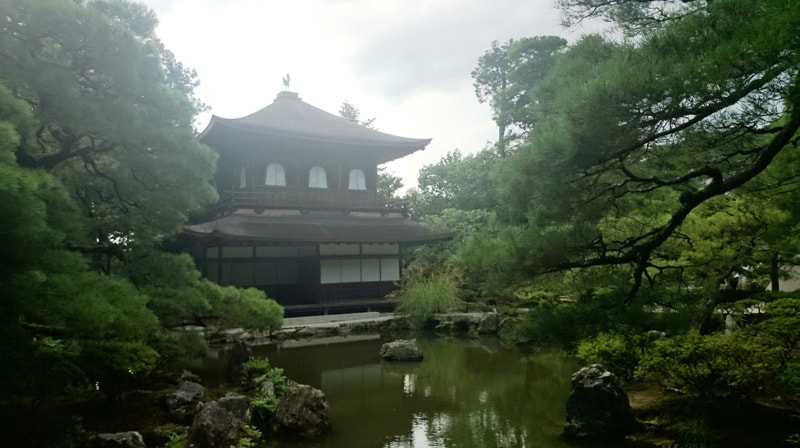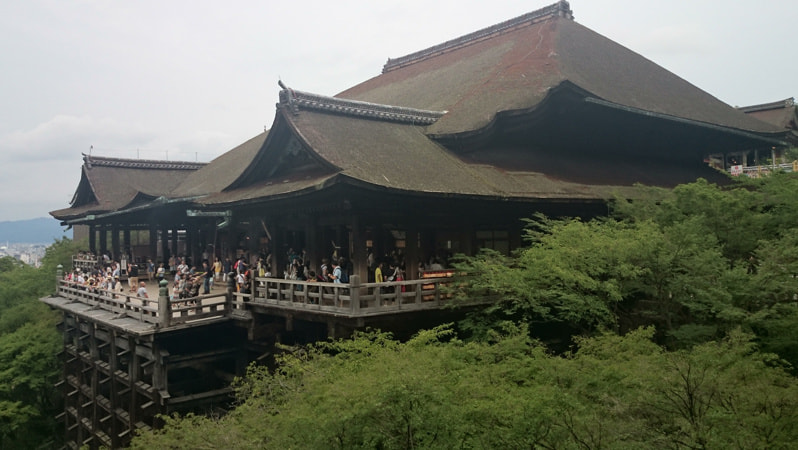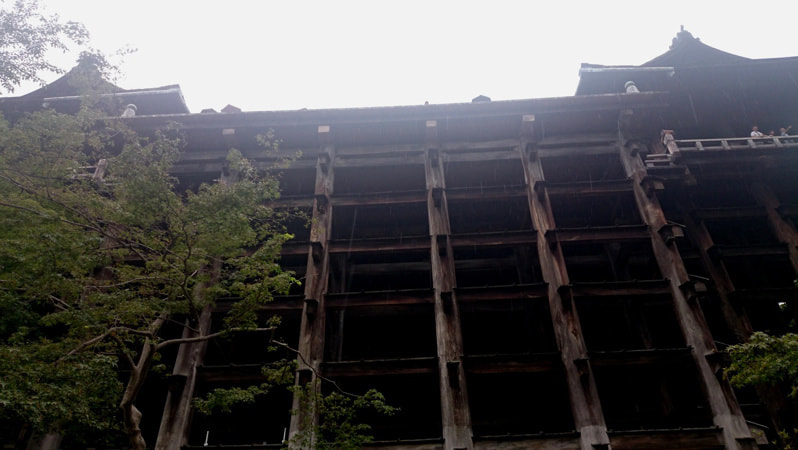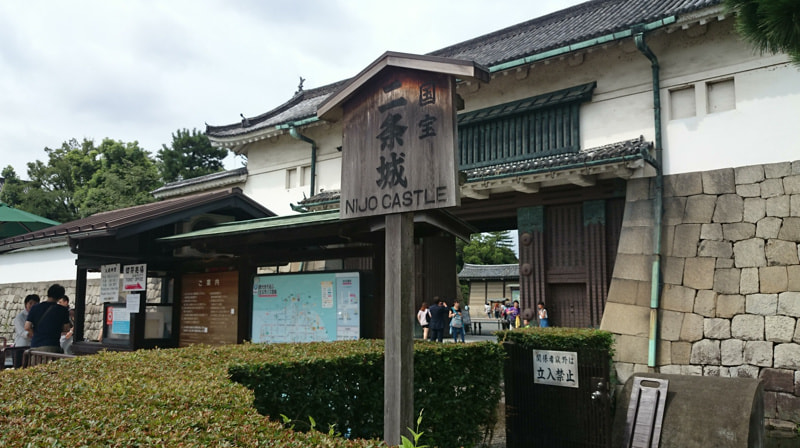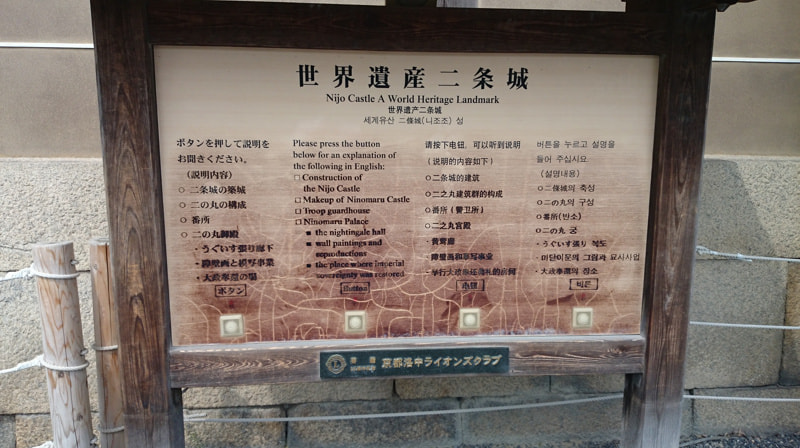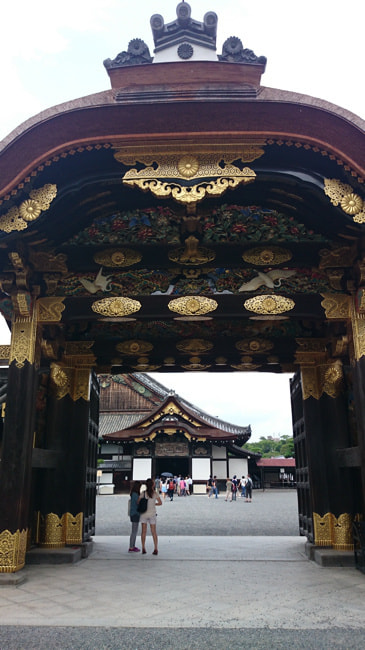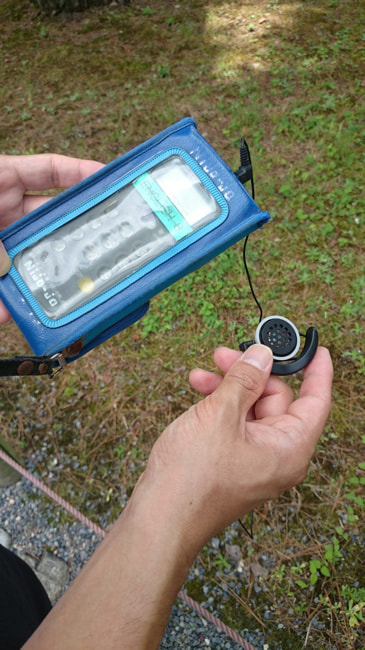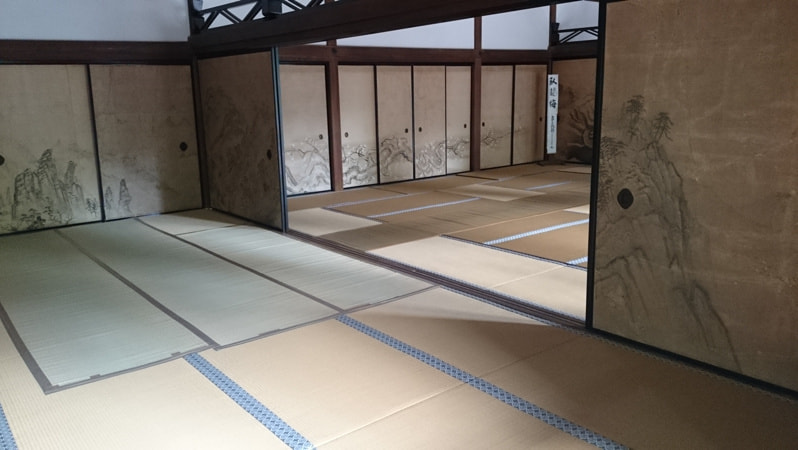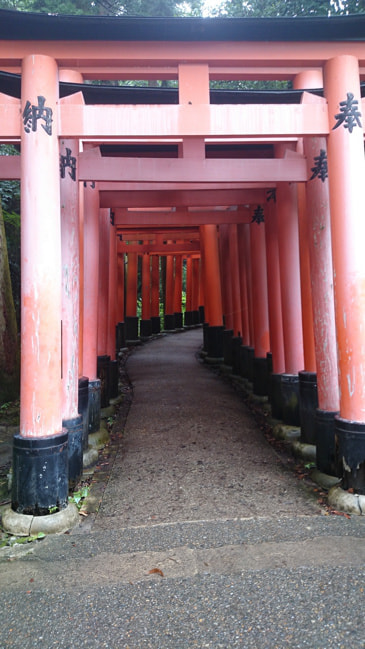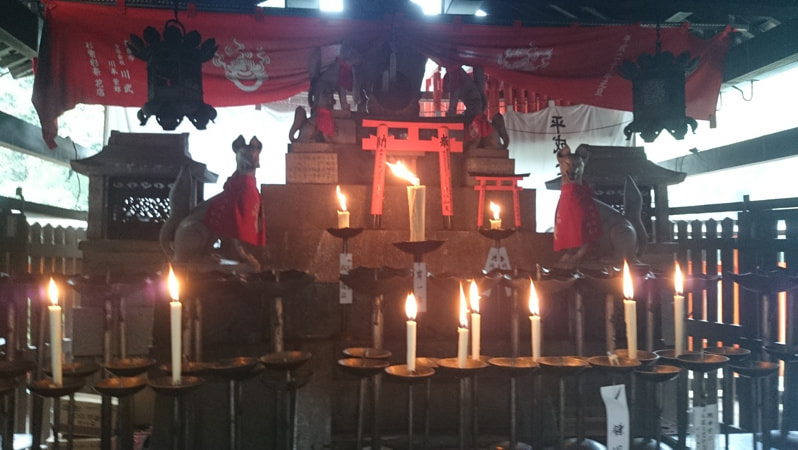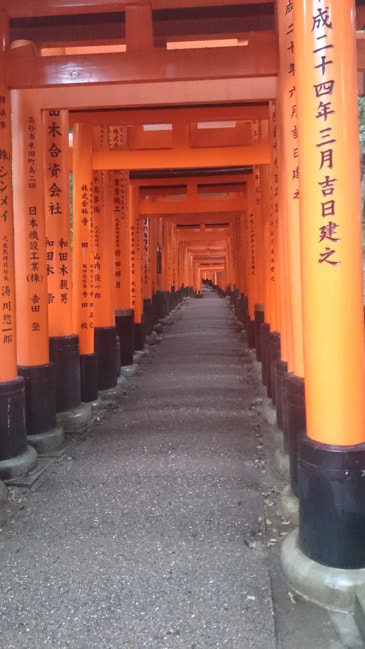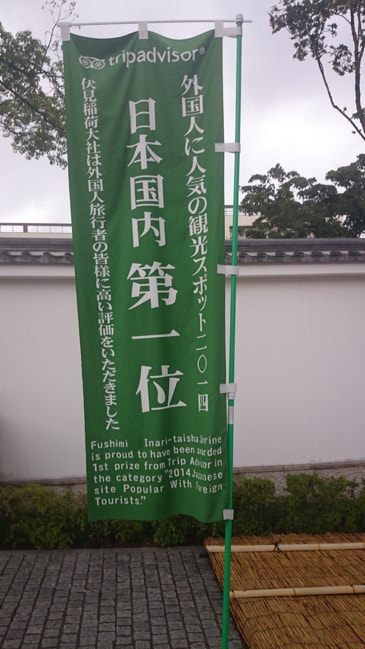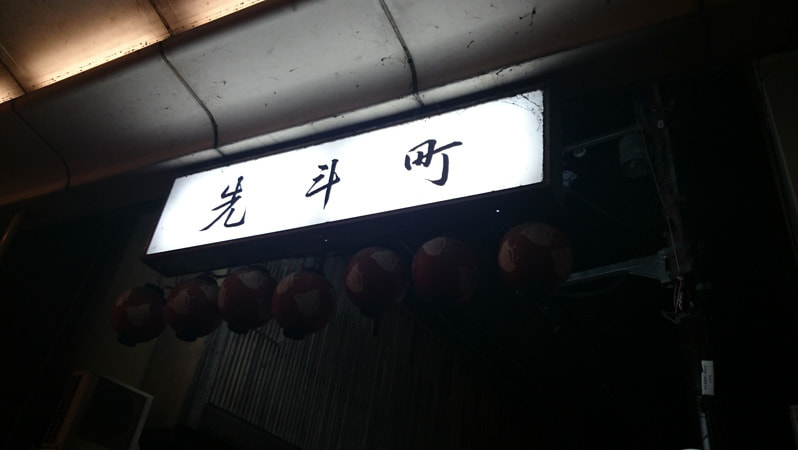KYOTO TRAVEL LINK
Kyoto Sightseeing Links
Kinkakuji
The formal name of Kinkakuji is Rokuonji. Covered with pure gold leaf, Kinkakuji is especially famous for its glittering, golden pavilion, which is actually a "shariden" (a structure for housing relics of the Buddha). Thus, the entire temple complex is often called the Temple of the Golden Pavilion.
Kyoto is one of the best examples of a tourist destination where a large number of people steadily visit every day of the week. Various component parts of which are situated in and around Kyoto have been registered as a "Historic Monuments of Ancient Kyoto" World Heritage Site by UNESCO.
http://www.shokoku-ji.jp/k_about.html
http://www.japan-guide.com/e/e3908.html
Ginkakuji
The formal name of Ginkakuji is Higashiyama Jishoji. Ashikaga Yoshimasa, the 8th shogun of the Ashikaga shogunate during the Muromachi period (1449 to 1473), constructed the Kannonden (Kannon Hall) modeling it after the Rokuonji Temple Shariden Hall (reliquary hall), commonly known as Kinkaku (Golden Pavilion). Since then, the entire complex has been known as Ginkakuji (Silver Pavilion).
http://www.shokoku-ji.jp/g_about.html
http://www.japan-guide.com/e/e3907.html
Kiyomizudera
Kiyomizudera is a historical temple built halfway up Mount Otowa in Kyoto-Higashiyama. According to ancient tradition, the temple was established in the year 778. Jutting out from the main hall is the wooden Kiyomizu Butai stage. The stage has an area of 190 square meters and was assembled with more than 410 hinoki cypress boards. The edge of the stage stands at a height of more than a four-story building, which offers picturesque views of Kyoto in the distance and down below.
http://www.kiyomizudera.or.jp/lang/01.html
Nijo Castle
Nijo Castle was built in 1603 by Tokugawa Ieyasu who was the first shogun of the Tokugawa shogunate of Japan.
You will be amazed with wonder at the beautiful luxurious architecture of Ninomaru Palace and the numerous paintings of Japanese art that are depicted on the sliding doors throughout the castle. Once you are inside the castle, actors with rich voices are used for the audio-guide devices that provide guidance in Japanese, English, Chinese, and Korean.
Aside from charging a fee to use the portable devices, there are also several audio presentations you can enjoy throughout the castle grounds. With just the press of a language button, you can be walked through the history of Nijo Castle.
http://www.city.kyoto.jp/bunshi/nijojo/english/index.html
Ryuanji
Ryuanji Temple is renown for its Japanese rock garden. The dry landscape garden is on a rectangular plot measuring about 22 meters by 10 meters. White gravel and sand is spread out on the site and raked into linear patterns interspersed with 15 large stones.
The concept of such a garden was nurtured over time by astute sensibilities unique to Japan, resulting in a style of garden that expresses a “karesansui” (dry or withered mountains and water) landscape where water is absent while using only rocks and sand.
http://www.ryoanji.jp/smph/eng/
Fushimi Inari
Fushimi Inari shrine is the main shrine of approximately 30 thousand shrines dedicated to Oinarisan (Shinto god of rice).
The approach to the shrine is lined with about ten thousand bright vermillion torii gates stacked in line with each other. The torii gates create a contiguous tunnel that seems endless, and invites the visitor different into a realm.
According to Trip Advisor, the world's largest travel site, Fushimi Inari Shrine was the “Travelers' Choice™ 2014 Winner” in the category of Kyoto attractions.
http://inari.jp/
http://www.japan-guide.com/e/e3915.html
Pontocho
Pontocho is a narrow alleyway located in Kyoto between Kamogawa and Kiyamachi-dori. The alley runs north and south for a stretch of over 500 meters.
Visitors can enjoy a large number of eateries and gift shops that line the street. It also here where you can see easily see geisha and maiko walking down the street dressed up in beautiful kimonos.
http://www.ponto-chou.com/
http://www.japan-guide.com/e/e3921.html


